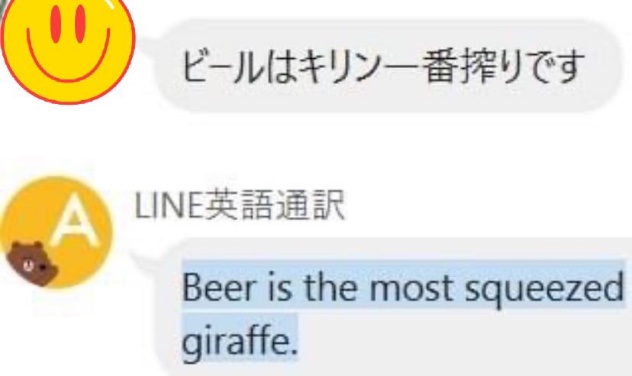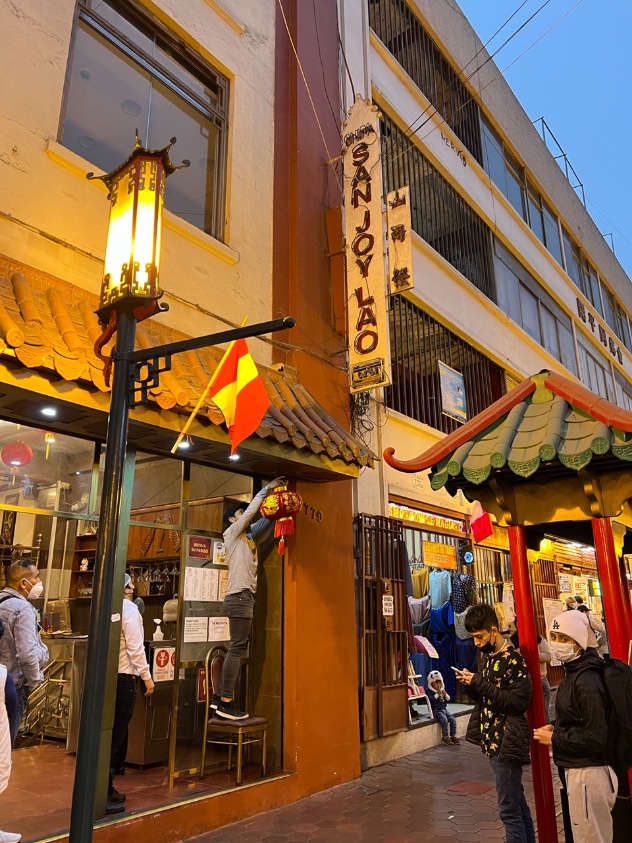As the art historians Richard Barnhart (Yale) and Lukas Nickel (Vienna) have shown, Greek elements, images, and techniques reached into the mausoleum of the First Emperor of the Qin (259-210 BC) and the massive terracotta army entombed there. See "Of jackal and hide and Old Sinitic reconstructions" (12/16/18) and the many references thereto. The continuing research of Lucas Christopolous has cemented the presence of things Greek in East Asia even more securely. Here we present just one significant finding documented by Lucas' investigations, namely, the crouching position of warriors in the First Emperor's army and in my favorite artifact from Eastern Central Asia, a kneeling bronze statue from the south bank of the Künäs River, Xinyuan (Künäs) County, Xinjiang Uyghur Autonomous Region Museum Collection, exhibited in the University of Pennsylvania Museum in 2011. See object 44 on p. 155 of Victor H. Mair, ed., Secrets of the Silk Road (Santa Ana, CA: Bowers Museum, 2010). See also p. 47 here and p. 163 of Mallory and Mair, The Tarim Mummies (London: Thames and Hudson, 2000).
Notice that the bronze warrior is bare-chested, has a long nose and round eyes, is wearing a pleated kilt and helmet in a Trojan or other Greek style, and has additional Greek attributes. Since another similar figure was found nearby, this is not a one-off fluke. He is often said to be from the 5th c. BC, but see below for Lucas' slightly later dating.
Read the rest of this entry »



